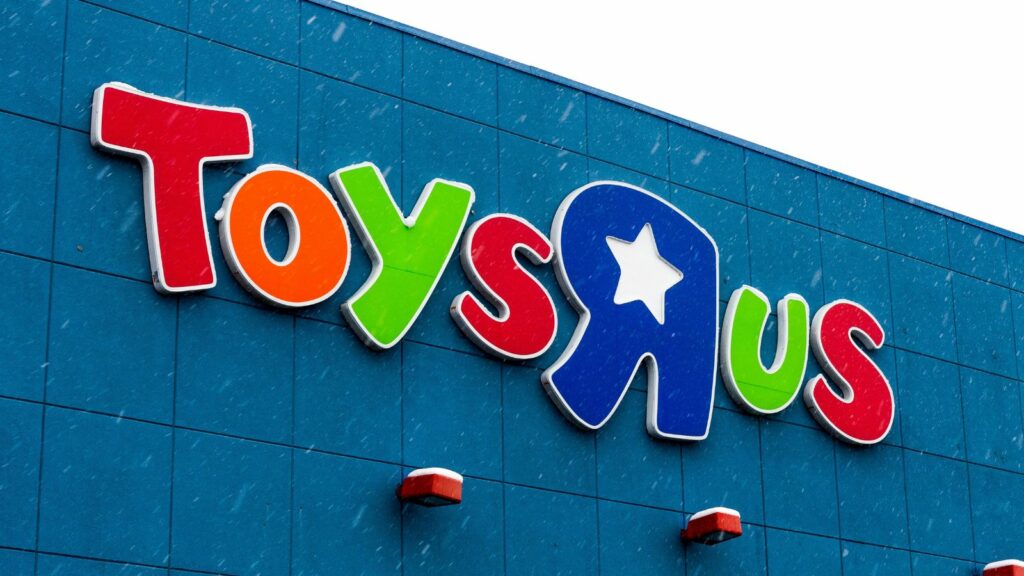Canadian retail has seen dramatic shifts over the past decade, with many once-familiar brands fading as digital disruption, rising costs, and changing consumer habits reshaped the landscape. Yet a handful of retailers managed something few expected: A full-scale comeback. Whether through rebranding, strategic pivots, new ownership, or a surprisingly effective return to core identity, these companies re-emerged stronger than before. Here are 15 retail comebacks nobody saw coming.
Toys “R” Us Canada’s Post-2018 Revival

When Toys “R” Us collapsed in the U.S., many assumed Canada’s branch would follow the same path. Instead, its Canadian operations emerged as one of the most successful retail turnarounds in the country. Under new ownership and backed by Canadian-specific strategies, the brand refocused on experiential shopping, exclusive product partnerships, and community-driven events that revived customer loyalty. While big-box toy shopping was considered obsolete in the Amazon era, Toys “R” Us Canada leveraged nostalgia, strong supplier relationships, and a refreshed in-store layout to reclaim its position. Rather than shrinking, the brand gradually expanded its footprint, proving that a physical-first retail model can still thrive when aligned with consumer expectations.
Roots’ Reinvention Through Quality and Heritage

Roots faced declining relevance as fast fashion dominated the early 2010s, but the brand’s resurgence came through a strategic return to its heritage pillars: craftsmanship, quality materials, and a strong Canadian identity. Instead of chasing trend cycles, Roots doubled down on its iconic sweats, leather goods, and outdoor-inspired apparel. Collaborations with athletes, artists, and major retailers helped reconnect the brand with younger audiences. Roots also revamped store layouts, emphasizing a warm, natural aesthetic that reinforced its roots-inspired branding. While many assumed the company had peaked decades earlier, it successfully reintroduced itself as an elevated basics brand with consistent demand.
The Source’s Shift From “Electronics Leftover Store” to Reliable Tech Hub
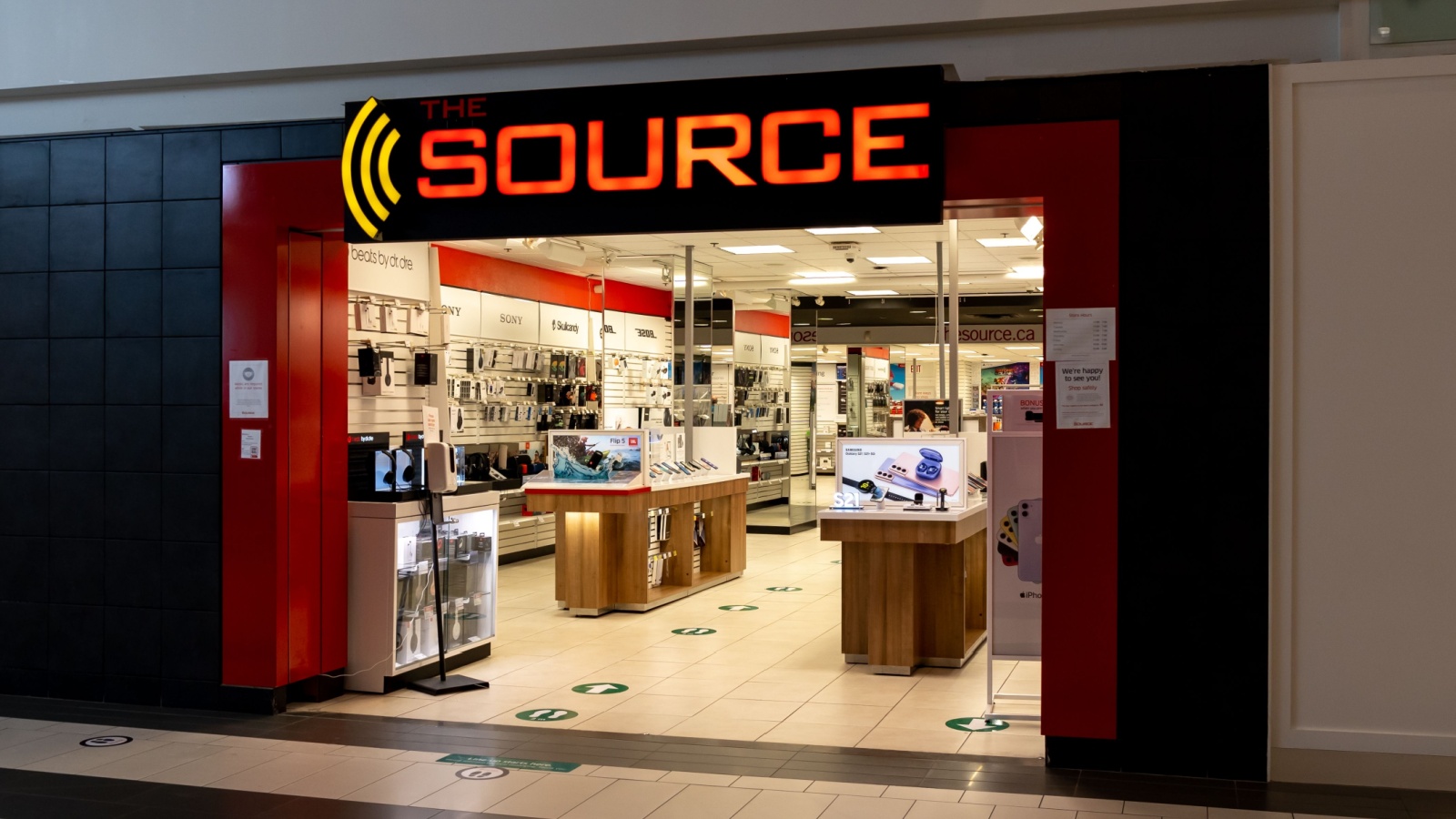
After the fall of RadioShack, The Source inherited a complicated reputation and struggled to define itself in a fast-evolving electronics market. Its comeback hinged on repositioning the brand not as a discount outlet but as a curated, accessible tech retailer tailored to Canadian households. New ownership transformed store layouts, introduced stronger vendor partnerships, and shifted inventory to focus on smart home devices, headphones, and personal tech accessories. The Source leaned into smaller-format stores in suburban and rural areas, meeting local demand where larger competitors couldn’t easily operate. Its customer-service-driven model helped regain trust, turning it into a dependable destination for quick tech solutions.
Canadian Tire’s Transformation Into a Modern Multi-Category Powerhouse

Canadian Tire was once perceived as a nostalgic but unfocused retailer. Its resurgence came through aggressive modernization: digital integration, loyalty optimization, and targeted acquisitions such as SportChek and Mark’s. The company invested heavily in data analytics through the Triangle Rewards program, allowing precise personalization and customer engagement. Stores were remodelled to reflect modern shopping patterns, while automotive and outdoor categories were strengthened with exclusive brands. By maintaining its iconic Canadian identity while evolving into a digitally advanced operation, Canadian Tire defied predictions that it would lose relevance.
Aritzia’s Expansion Beyond Niche Canadian Label Status

Aritzia began as a quiet Vancouver retailer with a loyal local following. Few expected it to become a North American fashion force. Its comeback — or rather, its evolution — emerged through disciplined brand building, controlled U.S. expansion, and an ability to understand shifting fashion trends before they peaked. Aritzia invested heavily in quality, proprietary labels, and high-touch store design. Instead of participating in heavy discounting, the brand maintained pricing integrity and focused on creating a premium experience. Social media visibility and strong adoption among U.S. celebrities elevated its profile dramatically.
Club Monaco’s Re-emergence After Years of Decline

Club Monaco faced shrinking relevance and widespread store closures, leading many to assume the brand was fading out. However, under new strategic direction, the retailer shifted back to its minimalist, urban-classic roots — a look that originally defined its success. Rather than leaning on trend-driven collections, Club Monaco invested in refined staples, cleaner silhouettes, and improved material quality. It also adopted digital-forward retailing and partnered with selective department stores to rebuild visibility. The comeback wasn’t loud, but it was steady: a brand once overshadowed reclaimed a clear position in the modern wardrobe essentials market.
Hudson’s Bay Surviving the Era of Department Store Collapse
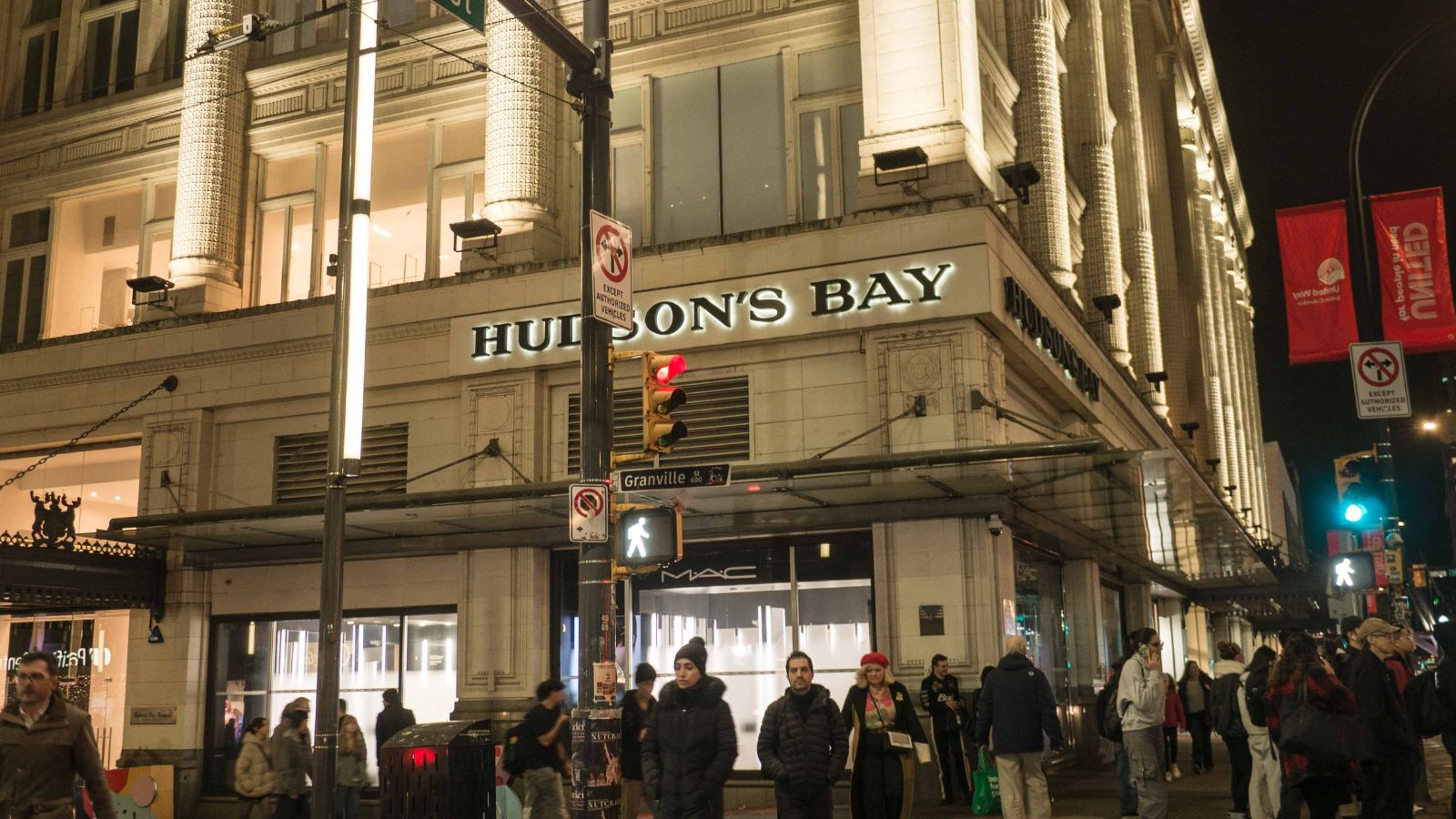
As major department stores worldwide shuttered, many assumed Hudson’s Bay would meet the same fate. Instead, The Bay executed a gradual, multi-layered comeback built around e-commerce expansion, new marketplace models, and a modernized loyalty system. Rather than trying to compete with fast-fashion giants, The Bay leaned into curated brands, upgraded home goods, and partnerships with local designers. The pivot toward a hybrid online marketplace allowed the retailer to expand inventory without expanding physical space. Despite facing structural challenges, The Bay demonstrated resilience by modernizing without abandoning its heritage.
Lululemon’s Rebound After Product Quality Scandals
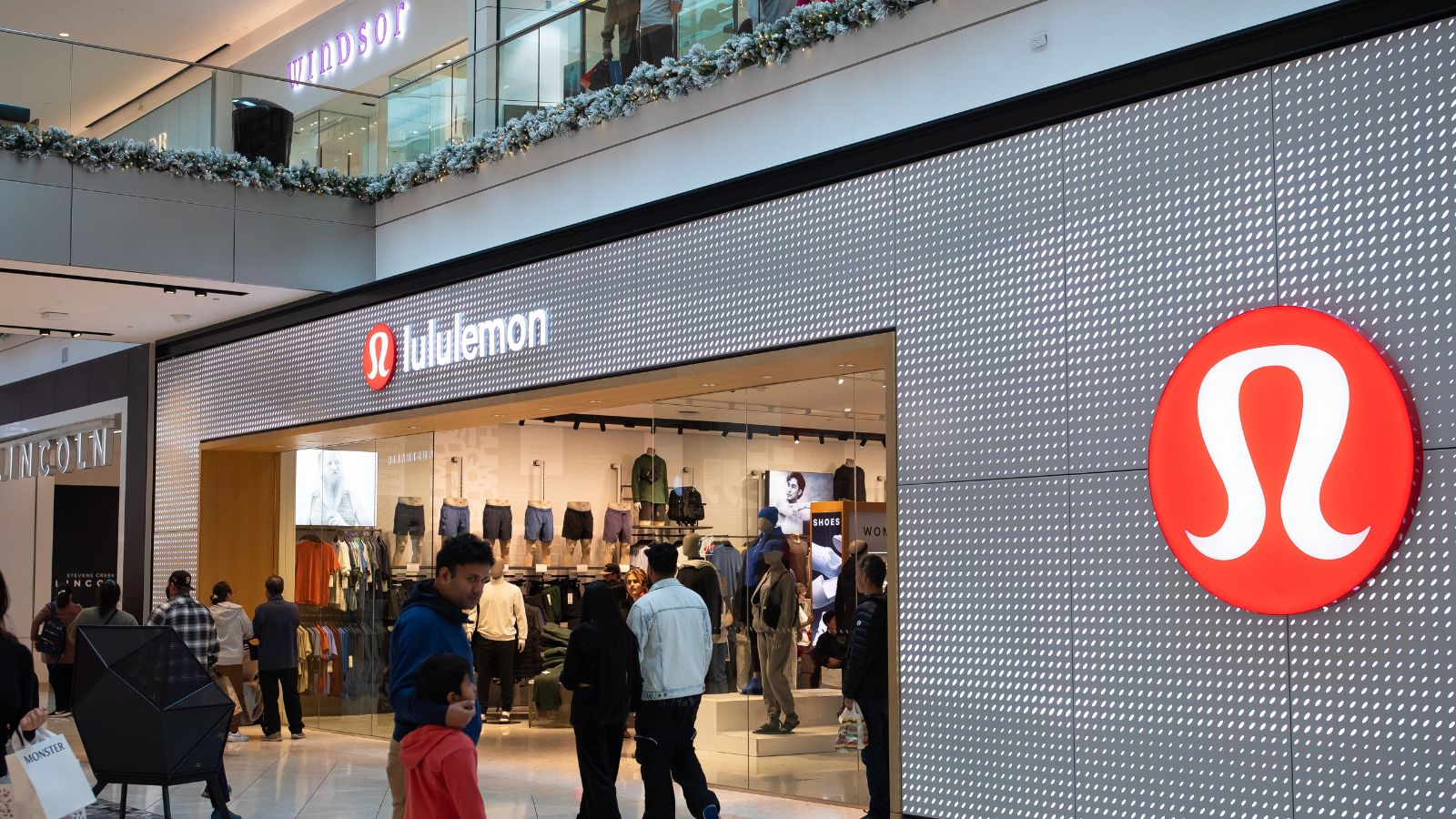
Lululemon’s early 2010s transparency and quality issues led to public scrutiny and predictions of long-term decline. Instead, the brand rebounded with renewed focus on fabric innovation, rigorous product testing, and category expansion beyond yoga apparel. Lululemon strengthened men’s wear, improved quality control, and diversified into running, training, accessories, and footwear. Investments in community events and local ambassadors rebuilt trust, while international expansion strengthened its global presence. The comeback surprised analysts who assumed the brand’s identity was too damaged to recover. Instead, Lululemon became one of Canada’s strongest retail success stories.
MEC’s Rebound After Its Financial Crisis

Mountain Equipment Company (MEC) faced a severe downturn in the late 2010s, marked by financial losses, shifting consumer habits, and concerns about whether the member-owned co-op could survive. When new ownership took over in 2020, many long-time customers assumed the brand’s identity would be lost entirely. Instead, MEC rebuilt by returning to its core strengths: durable outdoor gear, expert staff, and authentic engagement with Canada’s hiking, climbing, paddling, and cycling communities. Store layouts were simplified, product selection was refocused, and marketing emphasized real outdoor use rather than corporate gloss. The comeback surprised observers who believed the brand had drifted too far from its roots to recover.
SportChek’s Unexpected Strength After Retail Consolidation
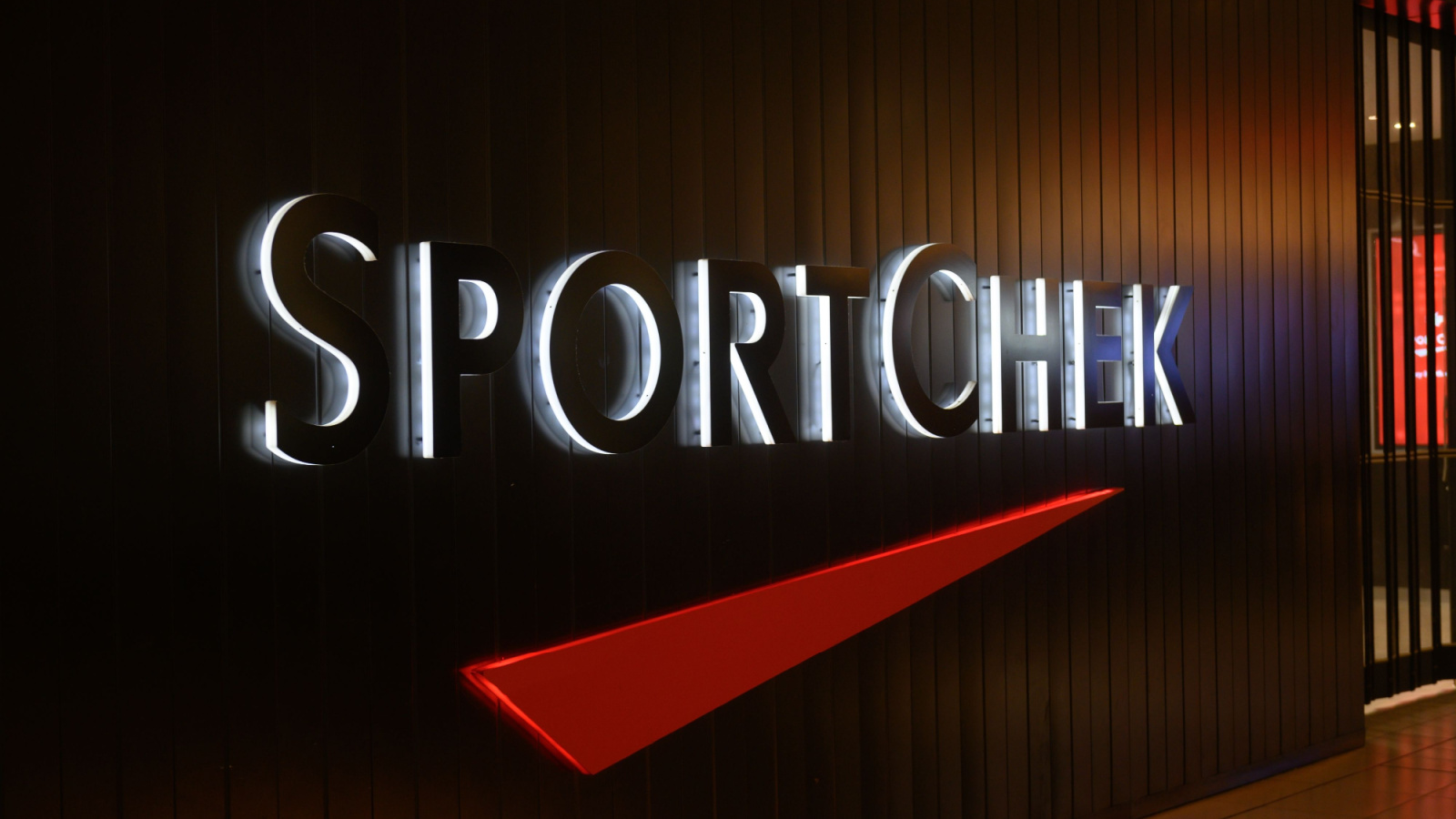
During Canada’s retail consolidation era, many predicted SportChek would be overshadowed by U.S. chains, online marketplaces, and direct-to-consumer athletic brands. Yet the company mounted a comeback driven by strategic investment from Canadian Tire Corporation. SportChek modernized its stores with interactive displays, broadened its footwear and apparel assortment, and secured exclusive distribution deals with major athletic brands. The retailer also leveraged Canadian Tire’s loyalty program to personalize promotions and drive consistent foot traffic. Instead of shrinking, SportChek repositioned itself as Canada’s dominant multi-brand athletic retailer. The turnaround was unexpected because sporting goods is a notoriously competitive category, yet SportChek gained ground while others retreated.
Staples Canada’s Reinvention as a “Worklife” Brand

Once viewed as a declining office-supply store, Staples Canada shocked analysts with a full brand reinvention. Instead of relying on shrinking paper, printer, and supply sales, Staples repositioned itself as a “Worklife” retailer offering tech services, coworking spaces, ergonomic furniture, and small-business solutions. The launch of “Staples Studio” coworking hubs and print-service expansions created entirely new revenue streams. Locations were refreshed to highlight productivity tools rather than traditional aisles of office products. This pivot came at a time when global office-supply retailers were collapsing, making Staples’ Canadian comeback especially unexpected.
La Vie en Rose Thriving Amid Lingerie Market Turbulence
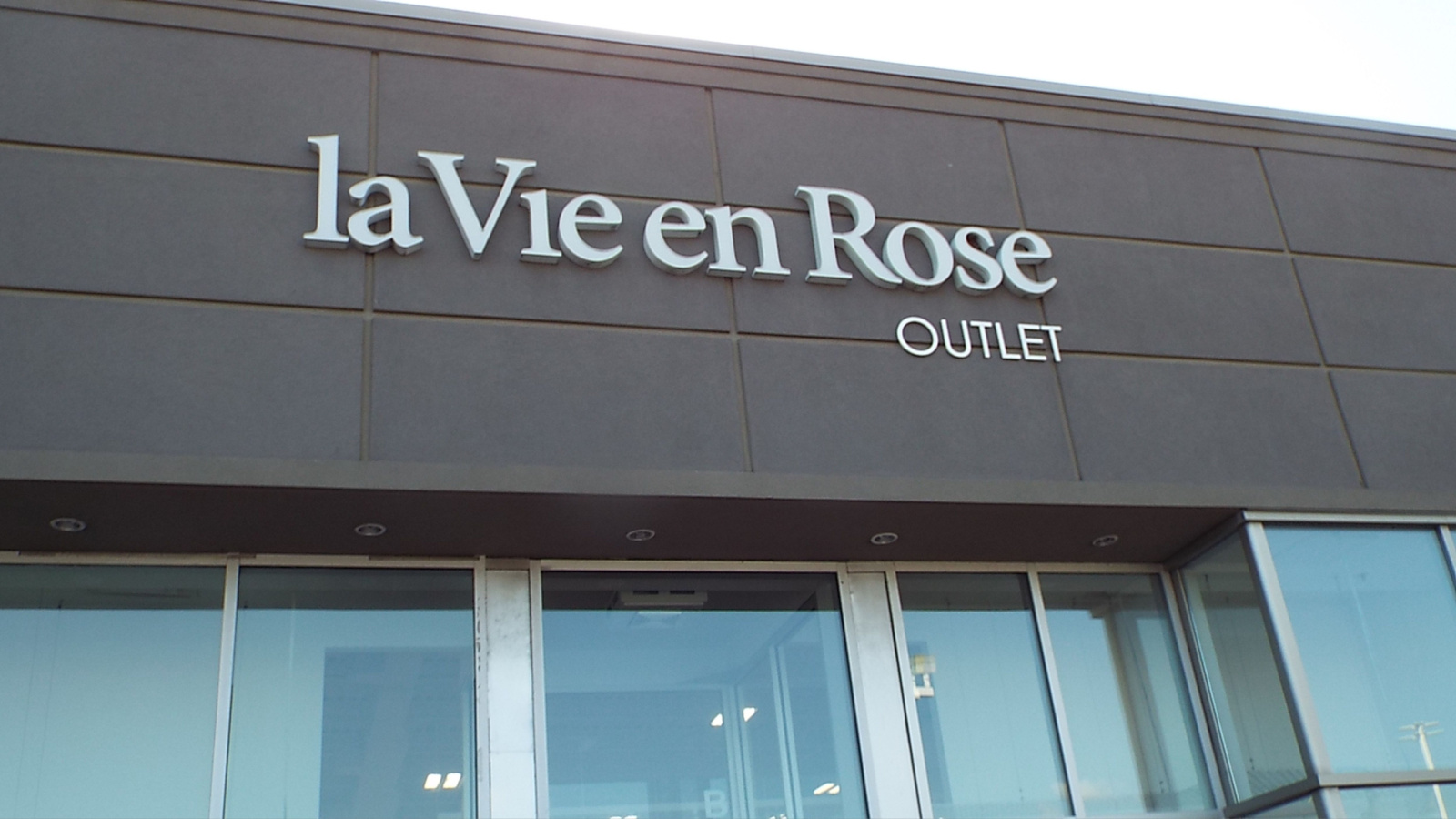
While major global lingerie brands struggled with shifting trends and industry criticism, La Vie en Rose quietly strengthened its Canadian base and expanded internationally. Analysts once expected the brand to fade as competition intensified, yet it achieved the opposite by modernizing fit, diversifying product lines, and expanding swimwear offerings. La Vie en Rose emphasized approachable pricing, inclusive sizing, and Canadian-driven design. The brand also took advantage of gaps left by declining competitors, strategically opening stores in markets where larger global brands withdrew. Its resilience became one of the most surprising retail stories in the country — a Canadian lingerie brand thriving while giants stumbled.
Ardene’s Shift From Teen Mall Store to Fast-Fashion Contender

Ardene was once perceived as a low-cost accessory store for teens — a category many assumed would disappear as shopping malls declined. Instead, Ardene executed a dramatic pivot into full fast fashion, footwear, loungewear, and lifestyle essentials. Stores were redesigned, product quality improved, and trend cycles were accelerated to compete directly with massive fast-fashion players. The company introduced online exclusives, expanded sizing options, and built a more mature brand identity. While the mall retail landscape struggled, Ardene adapted by modernizing its offerings and broadening its appeal beyond its original teenage demographic.
Sporting Life’s Growth Despite Luxury Retail Pressures
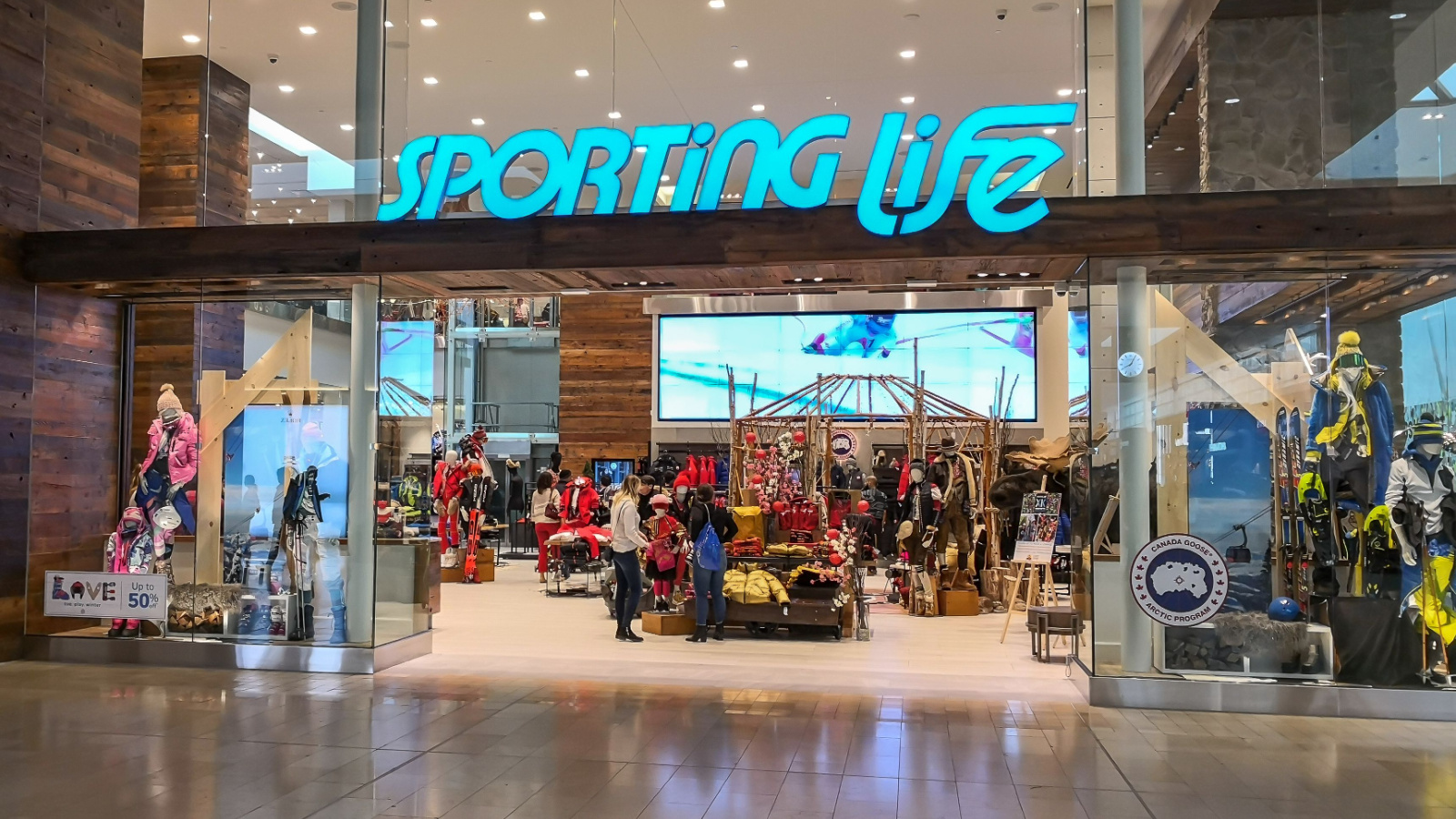
Sporting Life faced heavy competition from luxury athleisure brands and online marketplaces, leading many to assume its upscale sporting-goods model would shrink. Instead, the retailer expanded across major Canadian markets. Sporting Life differentiated itself through premium products, expert staff, and a curated selection of high-end athletic and outdoor brands. It leaned into Canada’s love of seasonal sports — skiing, hiking, running, and racquet sports — and became a destination for quality over quantity. Despite economic pressure on discretionary spending, the retailer attracted loyal customers who valued durability and specialty service.
Metro and Independent Grocers Strengthening During Big-Box Dominance
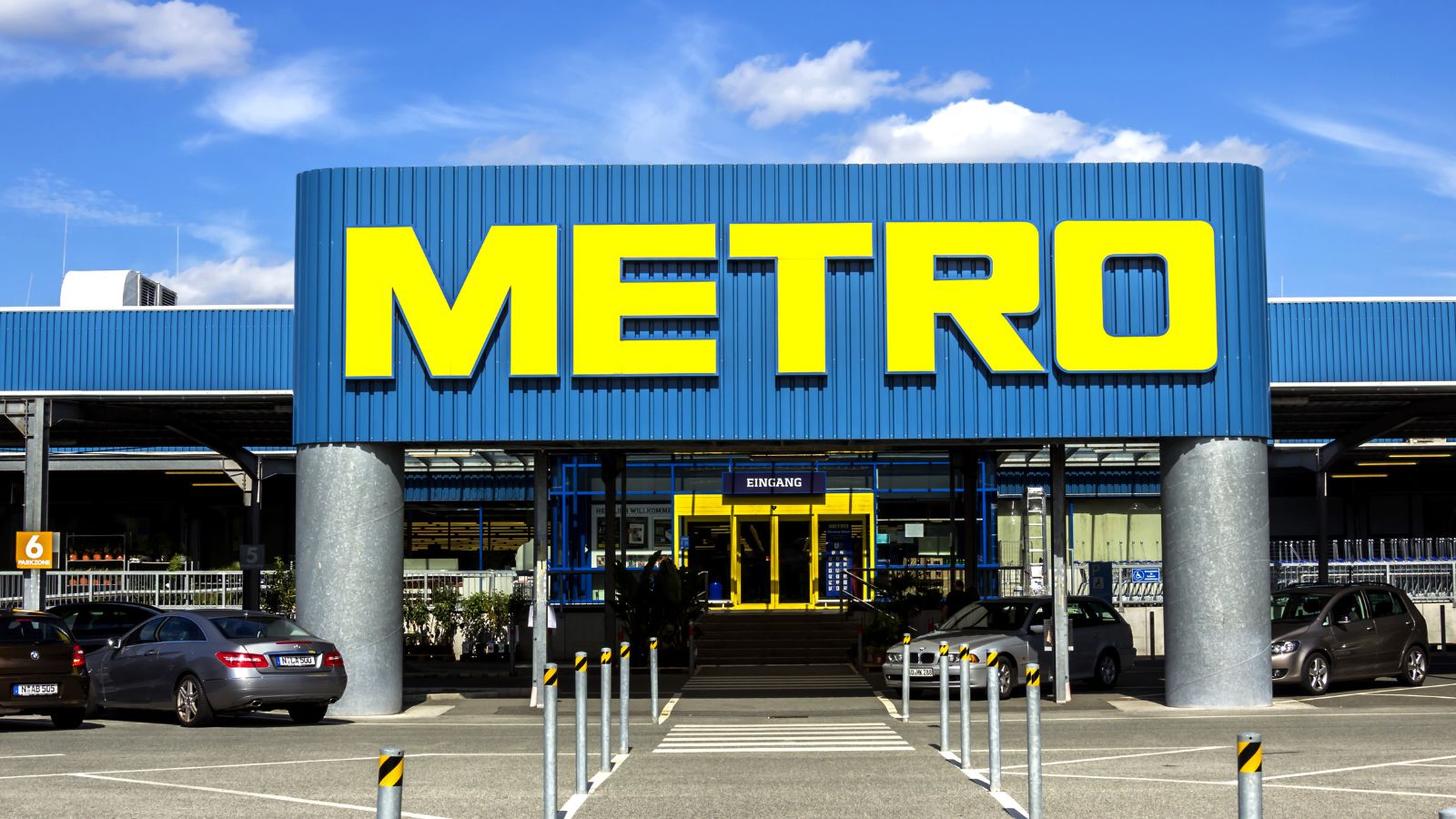
When big-box retailers aggressively expanded into groceries, many assumed that independent grocers and mid-sized chains like Metro would decline. Instead, both groups mounted notable comebacks. Metro modernized stores, invested in private-label brands, and expanded prepared foods — areas where big-box competitors struggled. Independent grocers leaned into local sourcing, specialty items, and community-centric service. The shift toward fresh, regional products helped them thrive during a period when consumers began prioritizing quality and trust over scale alone. Their comeback demonstrated that supermarkets don’t need global size to compete.
21 Products Canadians Should Stockpile Before Tariffs Hit

If trade tensions escalate between Canada and the U.S., everyday essentials can suddenly disappear or skyrocket in price. Products like pantry basics and tech must-haves that depend on are deeply tied to cross-border supply chains and are likely to face various kinds of disruptions
21 Products Canadians Should Stockpile Before Tariffs Hit
